Photo Gallery for Phigalia strigataria - Small Phigalia Moth | 137 photos are available. Only the most recent 30 are shown.
|
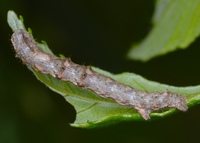 | Recorded by: Stephen Dunn on 2024-04-20
Orange Co.
Comment: Feeding on Castanea pumila. | 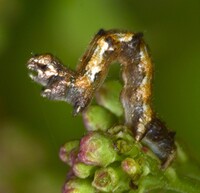 | Recorded by: Stephen Dunn on 2024-04-09
Orange Co.
Comment: |
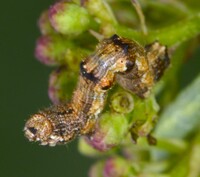 | Recorded by: Stephen Dunn on 2024-04-09
Orange Co.
Comment: | 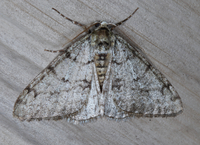 | Recorded by: Jim Petranka on 2024-03-30
Madison Co.
Comment: |
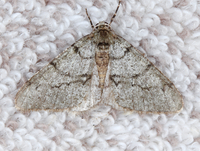 | Recorded by: Jim Petranka on 2024-03-14
Madison Co.
Comment: | 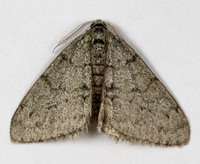 | Recorded by: Stephen Hall on 2024-03-07
Orange Co.
Comment: |
 | Recorded by: Mark Basinger on 2024-03-07
Brunswick Co.
Comment: | 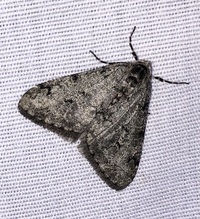 | Recorded by: B. Bockhahn on 2024-03-04
Buncombe Co.
Comment: |
 | Recorded by: Simpson Eason on 2024-03-04
Durham Co.
Comment: | 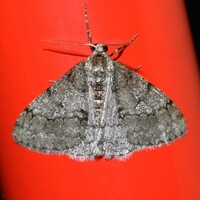 | Recorded by: Jeff Niznik, Stephen Dunn on 2024-03-03
Orange Co.
Comment: |
 | Recorded by: Simpson Eason on 2024-03-02
Durham Co.
Comment: | 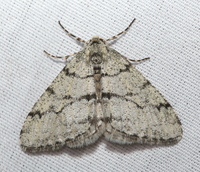 | Recorded by: David George, Becky Watkins on 2024-02-27
Durham Co.
Comment: |
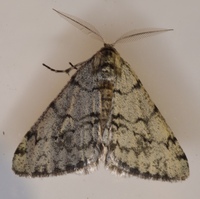 | Recorded by: Stephen Dunn on 2024-02-26
Orange Co.
Comment: | 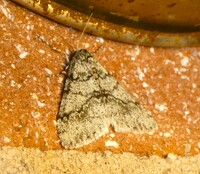 | Recorded by: Simpson Eason on 2024-02-15
Durham Co.
Comment: |
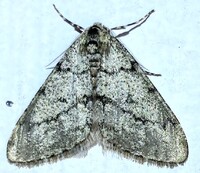 | Recorded by: Dean Furbish on 2024-02-13
Wake Co.
Comment: | 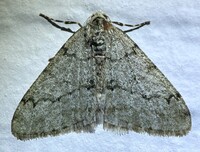 | Recorded by: Dean Furbish on 2024-02-12
Wake Co.
Comment: |
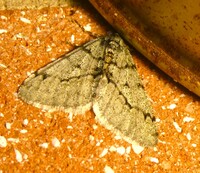 | Recorded by: Simpson Eason on 2024-02-11
Durham Co.
Comment: | 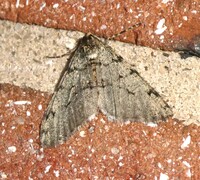 | Recorded by: Simpson Eason on 2024-02-11
Durham Co.
Comment: |
 | Recorded by: Simpson Eason on 2024-02-11
Durham Co.
Comment: | 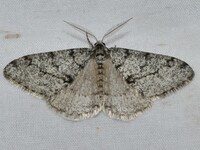 | Recorded by: Jeff Niznik on 2024-02-11
Orange Co.
Comment: |
 | Recorded by: Simpson Eason on 2024-02-10
Durham Co.
Comment: |  | Recorded by: Simpson Eason on 2024-02-10
Durham Co.
Comment: |
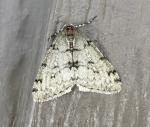 | Recorded by: K. Bischof on 2023-04-18
Transylvania Co.
Comment: |  | Recorded by: B bockhahn on 2023-03-06
Buncombe Co.
Comment: |
 | Recorded by: Jim Petranka on 2023-03-01
Madison Co.
Comment: | 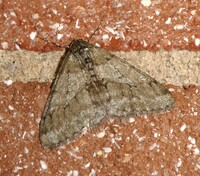 | Recorded by: Simpson Eason on 2023-02-28
Durham Co.
Comment: |
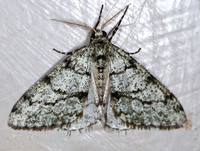 | Recorded by: Jim Petranka on 2023-02-23
Madison Co.
Comment: | 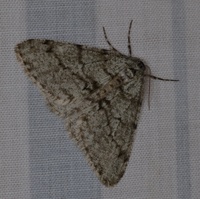 | Recorded by: David George, Stephen Dunn on 2023-02-23
Orange Co.
Comment: |
 | Recorded by: John Petranka on 2023-02-23
Orange Co.
Comment: |  | Recorded by: John Petranka on 2023-02-21
Orange Co.
Comment: |
|